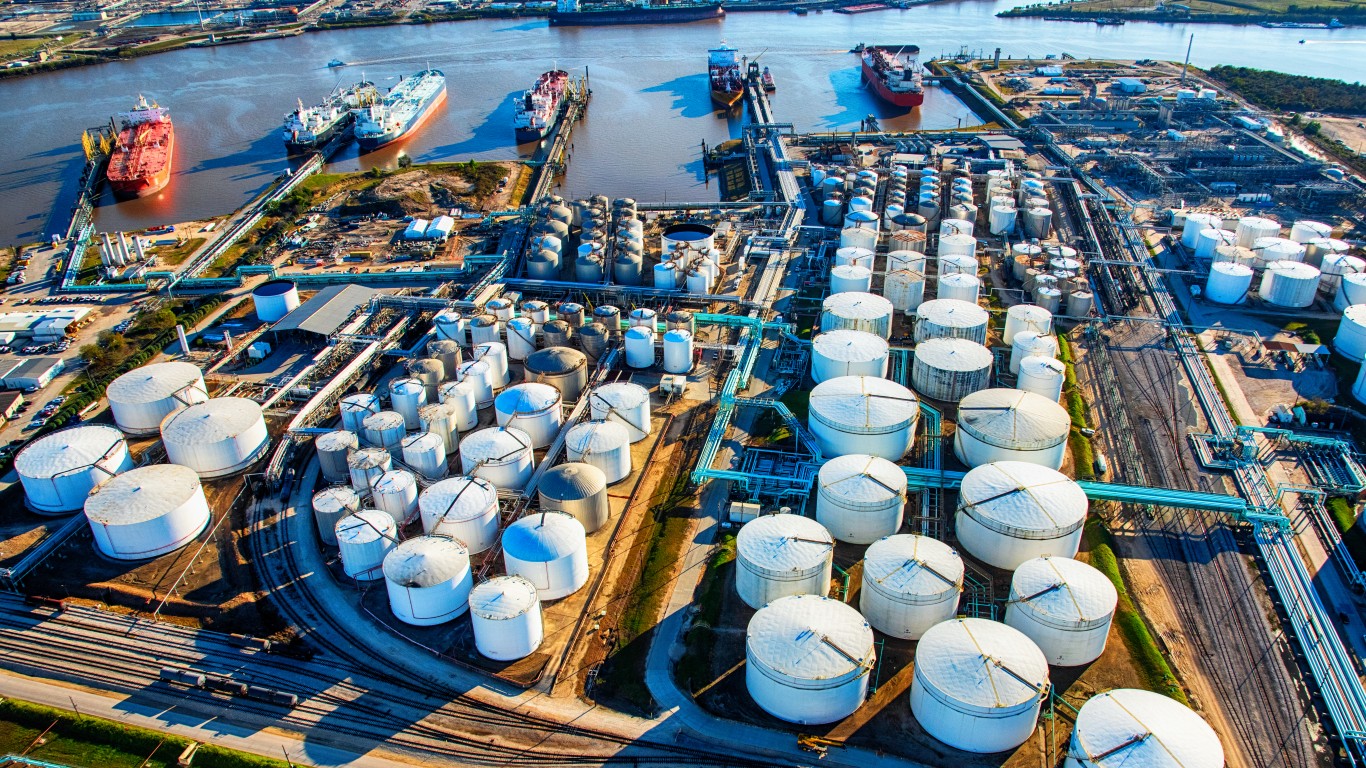

The situation in the world oil market was serious at the beginning of March. Prices for international benchmark Brent crude had dipped to nearly $30 a barrel, less than half the price at the beginning of the year. Since then, Brent prices have slipped another 10%.
The recent agreement among the OPEC+ oil-producing nations, which includes an anticipated but unmandated drop in U.S. production, is reckoned to remove nearly 10 million barrels from daily production beginning on May 1. Saudi Arabia’s oil minister said on Monday that the effective cut to the world’s oil supply would be around 19.5 million barrels, including 9.7 million barrels from OPEC+, 3.7 million barrels from other G20 nations not members of OPEC+ and oil purchases that go into a country’s strategic reserves (around 200 million barrels in May and June).
Even a cut of nearly 20 million daily barrels for a couple of months is not expected to push demand (and prices) higher. In its monthly Oil Market Report issued Wednesday, the International Energy Agency (IEA) said it expects global demand for oil to fall by a record 9.3 million barrels a day in 2020.
In April, the IEA estimates demand to fall year over year by 29 million barrels a day and second-quarter demand to fall by 23.1 million barrels, compared with the second quarter of 2019. A second-half recovery is expected to be gradual, with demand in December estimated to be down by 2.7 million barrels a day.
The supply cuts recently agreed to could cut production for the full year by 2.3 million barrels a day, some 400,000 barrels a day below forecast demand at the end of the year. While the annual averages look dire, IEA expects the market to be in rough balance by the end of the year.
Maybe, and then again, maybe not. December futures for West Texas Intermediate (WTI) traded down about 2.5% at $35.61. The current spot price for May delivery is $19.64, so crude traders seem optimistic that demand will rise, supply will decline, and prices will jump by 80% in just six months from lows not seen in decades.
The IEA is aware of the uncertainty of its forecast, especially in the near term:
The measures announced by OPEC+ and the G20 countries won’t rebalance the market immediately. But by lowering the peak of the supply overhang and flattening the curve of the build-up in stocks, they help a complex system absorb the worst of this crisis, whose consequences for the oil market remain very uncertain in the short term. We forecast a drop in demand in April of as much as 29 [million barrels per day] year-on-year, followed by another significant year-on-year fall of 26 [million barrels per day] in May. In June, the gradual recovery likely begins to gain traction, although demand will still be 15 [million barrels per day] lower than a year ago. There is no feasible agreement that could cut supply by enough to offset such near-term demand losses. However, the past week’s achievements are a solid start and have the potential to start to reverse the build-up in stocks as we move into the second half of the year.
The expected supply cut for the United States and Canada, where there is no national oil company to impose cuts directly, is expected to follow from low crude prices that make it difficult, if not impossible, for producers to pump crude profitably. As prices rise, however, the economics change and barrels that are unprofitable at $20 may become profitable again at $30.
What OPEC+ is counting on is that small U.S. producers won’t be able to keep drilling because they either go bankrupt or can’t get new loans to fund new drilling.
The IEA also notes that global capital spending for 2020 is expected to drop by nearly a third to $335 billion, the lowest level in 13 years. The agency comments: “[O]il companies still face the challenges of investing to offset natural production declines and to meet future growth. … This reduction of financial resources also undermines the ability of the oil industry to develop some of the technologies needed for clean energy transitions around the world.”
Essential Tips for Investing: Sponsored
A financial advisor can help you understand the advantages and disadvantages of investment properties. Finding a qualified financial advisor doesn’t have to be hard. SmartAsset’s free tool matches you with up to three financial advisors who serve your area, and you can interview your advisor matches at no cost to decide which one is right for you. If you’re ready to find an advisor who can help you achieve your financial goals, get started now.
Investing in real estate can diversify your portfolio. But expanding your horizons may add additional costs. If you’re an investor looking to minimize expenses, consider checking out online brokerages. They often offer low investment fees, helping you maximize your profit.
Thank you for reading! Have some feedback for us?
Contact the 24/7 Wall St. editorial team.


